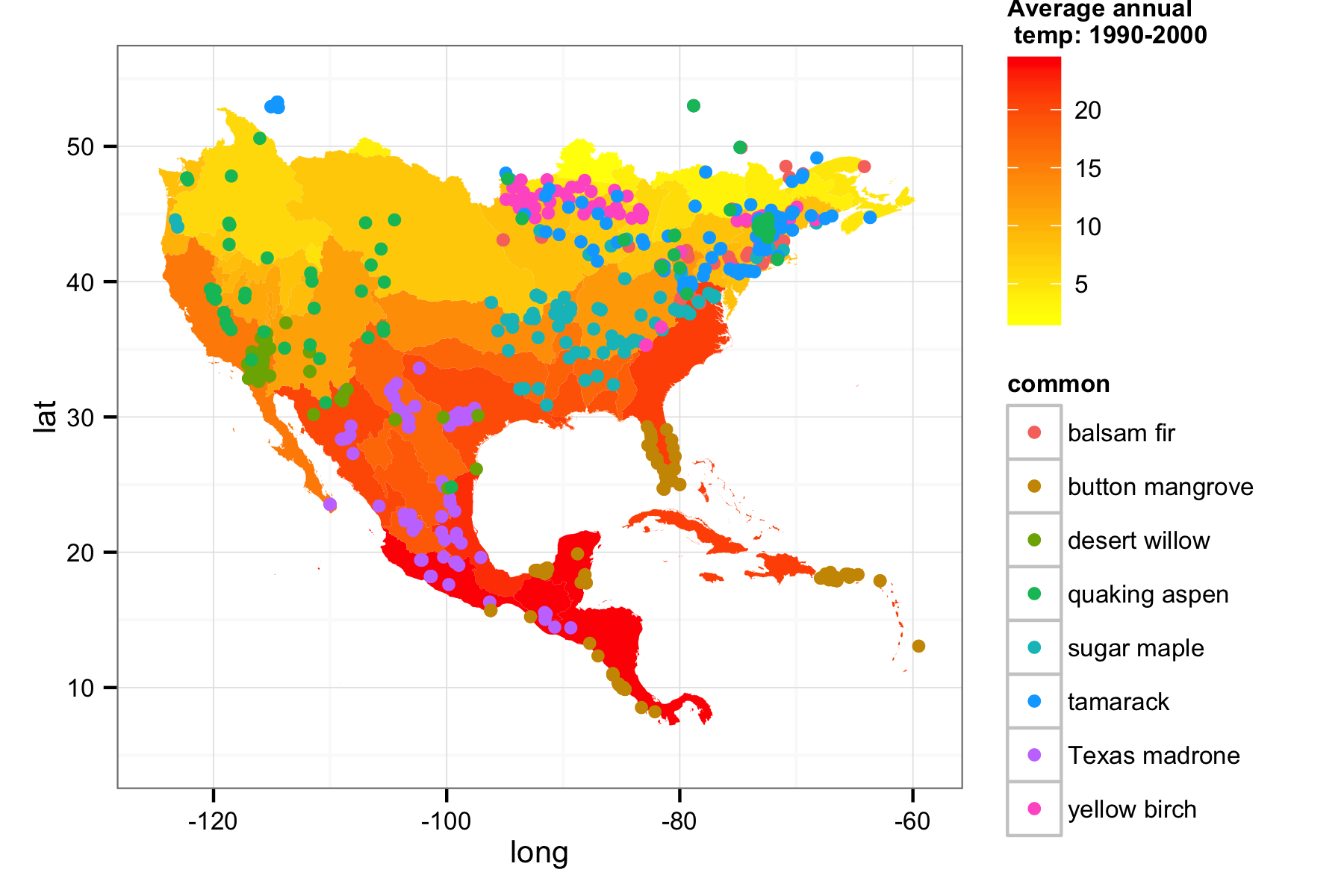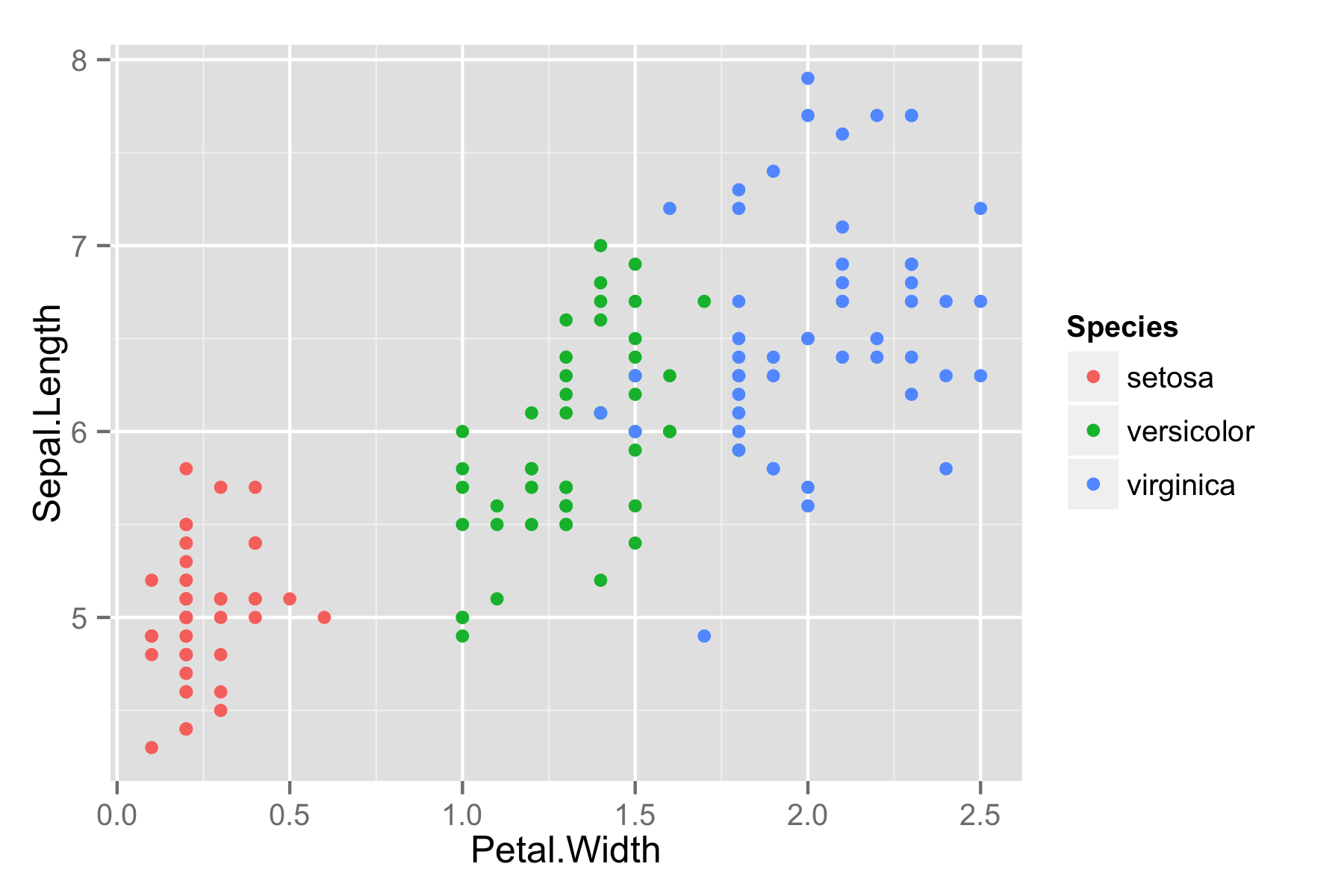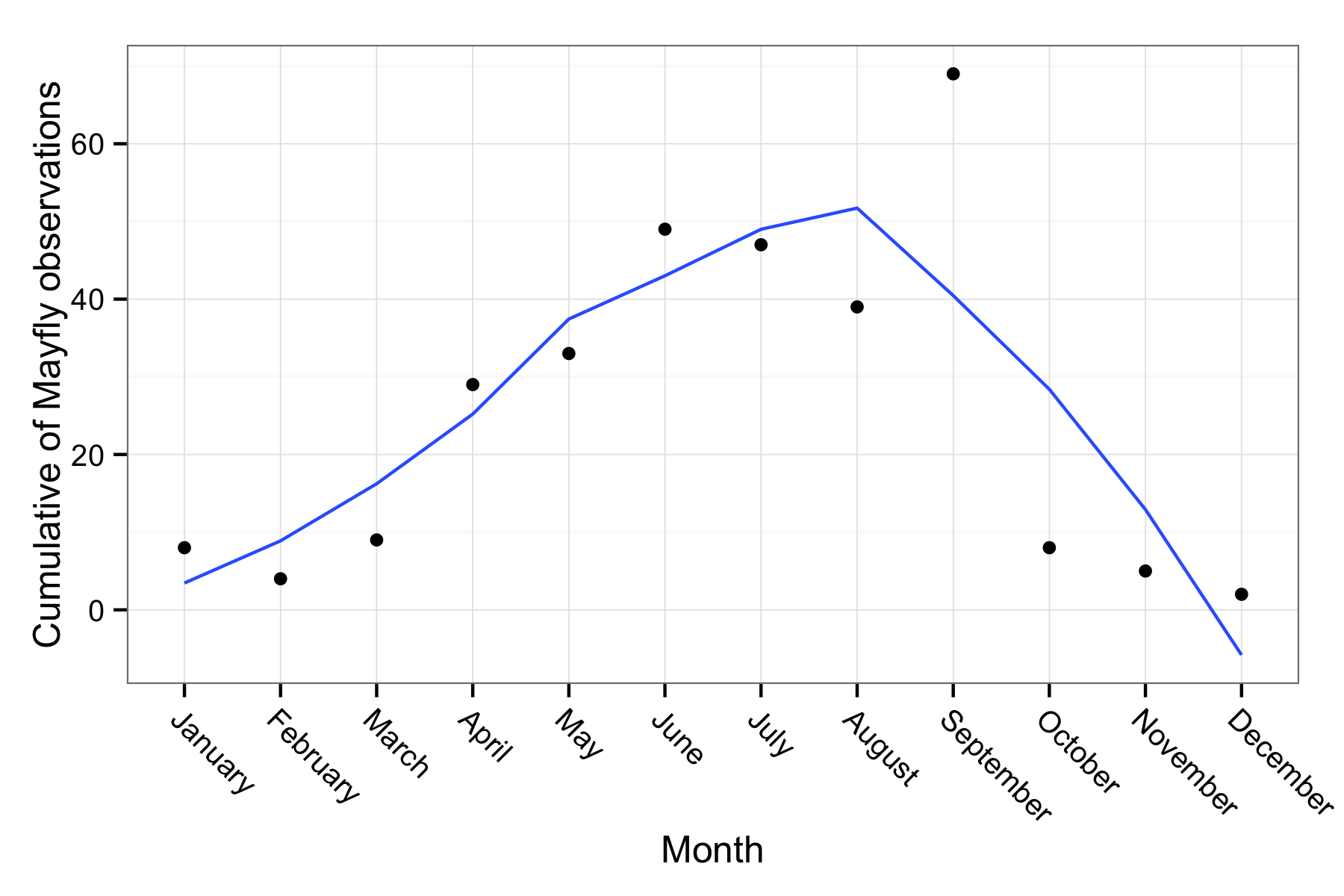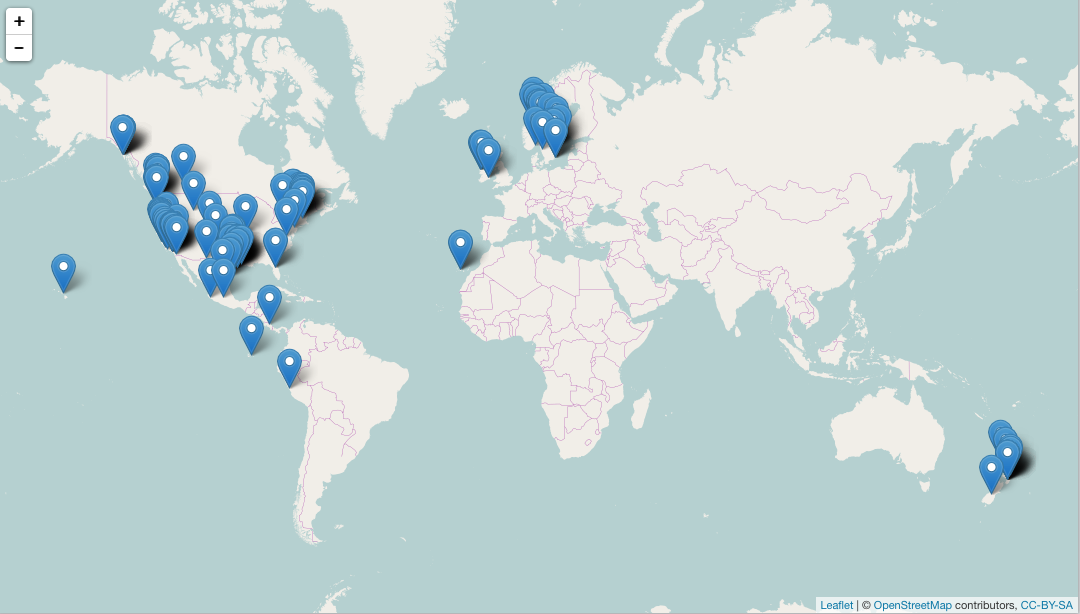We’re delighted to announce that we have received additional funding from the Sloan Foundation to continue and expand our efforts from the past year. We’re grateful for the overwhelming support from the community, especially through engagement at various events we organized and attended this past year.
Science is reportedly in the middle of a reproducibility crisis. Reproducibility seems laudable and is frequently called for (e.g., nature and science). In general the argument is that research that can be independently reproduced is more reliable than research that cannot be independently reproduced.
We just released v0.3 of taxize. For details on the update, see the release notes. 🔗Some new features New function iplant_resolve() to do name resolution using the iPlant name resolution service.
The rOpenSci project is a poster child for the fluid collaboration that has become increasingly common these days thanks to platforms like Twitter and GitHub. It has been really inspring to see open discussions take shape as rough ideas, which rapidly turn into prototype research software, all of which are now happening in the order of few days to weeks rather than months to years.

One of the goals of the rOpenSci is to facilitate interoperability between different data sources around web with our tools. We can achieve this by providing functionality within our packages that converts data coming down via web APIs in one format (often a provider specific schema) into a standard format. The new version of rWBclimate that we just posted to CRAN does just that.

Editor’s note: This is a guest post by Matt Sundquist from Plot.ly. Ggplotly and Plotly’s R API let you make ggplot2 plots, add py$ggplotly(), and make your plots interactive, online, and drawn with D3. Let’s make some. 1. Getting Started and Examples Here is Fisher’s iris data. library("ggplot2")ggiris <- qplot(Petal.Width, Sepal.Length, data = iris, color = Species)print(ggiris) Let’s make it in Plotly.
Editor’s note: This is the first in a series of posts from rOpenSci’s recent hackathon. I recently had the pleasure of participating in rOpenSci’s hackathon. To be honest, I was quite nervous to work among such notables, but I immediately felt welcome thanks to a warm and personable group. Alyssa Frazee has a great post summarizing the event, so check that out if you haven’t already.
We’ve received a number of questions from our users about dealing with the finer details of data sources on the web. Whether you’re reading data from local storage such as a csv file, a .Rdata store, or possibly a proprietary file format, you’ve most likely run into some issues in the past. Common problems include passing incorrect paths, files being too big for memory, or requiring several packages to read files in incompatible formats.

The iNaturalist project is a really cool way to both engage people in citizen science and collect species occurrence data. The premise is pretty simple, users download an app for their smartphone, and then can easily geo reference any specimen they see, uploading it to the iNaturalist website. It let’s users turn casual observations into meaningful crowdsourced species occurrence data.

UPDATE: mapping functions are in a separate package now (mapr). Examples that do mapping below have been updated. The rOpenSci projects aims to provide programmatic access to scientific data repositories on the web. A vast majority of the packages in our current suite retrieve some form of biodiversity or taxonomic data.

We recently pushed the first version of rnoaa to CRAN - version 0.1. NOAA has a lot of data, some of which is provided via the National Climatic Data Center, or NCDC. NOAA has provided access to NCDC climate data via a RESTful API - which is great because people like us can create clients for different programming languages to access their data programatically.